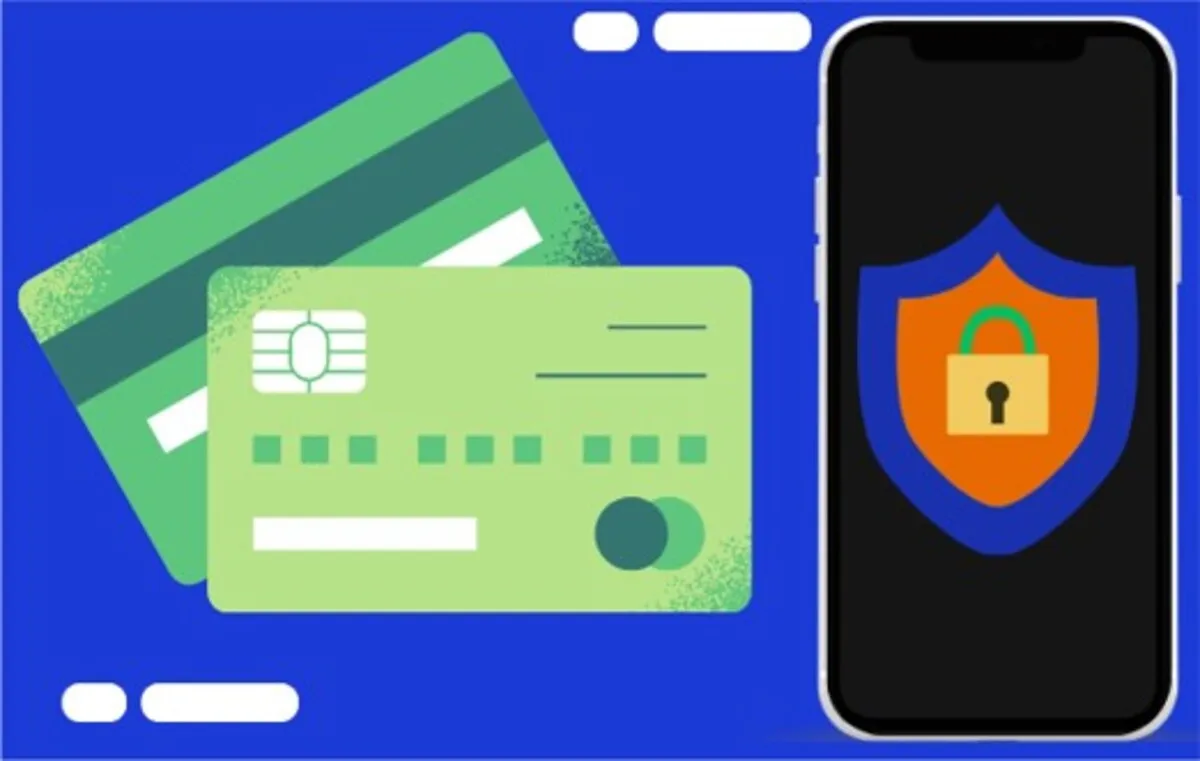APP fraud is becoming a big problem for the financial industry and its users in the United Kingdom, with up to £240 million lost in the first half of this year alone. This insidious form of scam involves manipulating individuals and businesses into making payments voluntarily. In this comprehensive blog, we look at APP fraud, its types and how to avoid falling victim.
Understanding APP Fraud?
APP fraud is characterised by criminals getting you to make a payment. Often fraudsters pose as a reputable business or government body to gain your trust. Despite the word ‘authorised’ implying voluntary transfers, you’re not to blame for APP fraud and there are ways to get your money back if you get scammed.
Possible Areas to Encounter APP Fraud?
Recent data published by UK Finance revealed that 77% of all APP fraud originated online, although online fraud only accounts for 32% of the total losses related to APP fraud. Another significant source of fraud is cold calling, this comprises 17% of the total APP fraud cases but contributes to almost 45% of all losses. It is important to be vigilant, especially during unsolicited phone calls, when thwarting potential scams.
Different Types of APP Fraud encompasses a spectrum of deceptive schemes, which include:
- Impersonation Scams: Offenders portray themselves as legitimate entities, such as delivery firms, retailers, or tradespeople, coercing victims into transferring money.
- Purchase Scams: Fraudsters present non-existent goods and services, frequently through counterfeit online platforms or social media, imitating reputable brands.
- Romance Scams: Impostors construct online relationships with victims, manipulating emotions before soliciting money. In the initial half of 2023, romance scams resulted in losses totalling £18.5 million.
- Investment Scams: Criminals persuade victims to invest by promising substantial returns. Investment scams led to losses of £57.2 million in the first half of 2023.
- Loan Fee Scams: Victims are subjected to an administration fee for a loan they never received. This type of fraud sees heightened prevalence during the summer months.
- Bank Transfer Scams: Fraudsters deceive victims into executing substantial bank transfers, often by assuming the identity of someone from the victim’s bank or a reputable organisation.
How to Avoid APP Fraud: To avoid falling victim to APP fraud, individuals should
- Question Suspicious Requests: If asked to divert a payment or move savings, verify the request by directly contacting the bank or firm using known and reliable communication channels.
- Verify Payment Details: Double-check any changes to payment details by contacting the relevant party directly. Do not rely solely on emails, as they could be intercepted.
- Avoid Rushed Payments: Genuine organisations will not mind waiting, so never rush for a payment without thorough verification.
As APP fraud continues to evolve and poses a significant threat to individuals and businesses, staying informed and adopting preventive measures is paramount. The upcoming initiatives and increased awareness aim to create a safer financial environment, but individual vigilance remains the first line of defence against the ever-adapting tactics of fraudsters.










